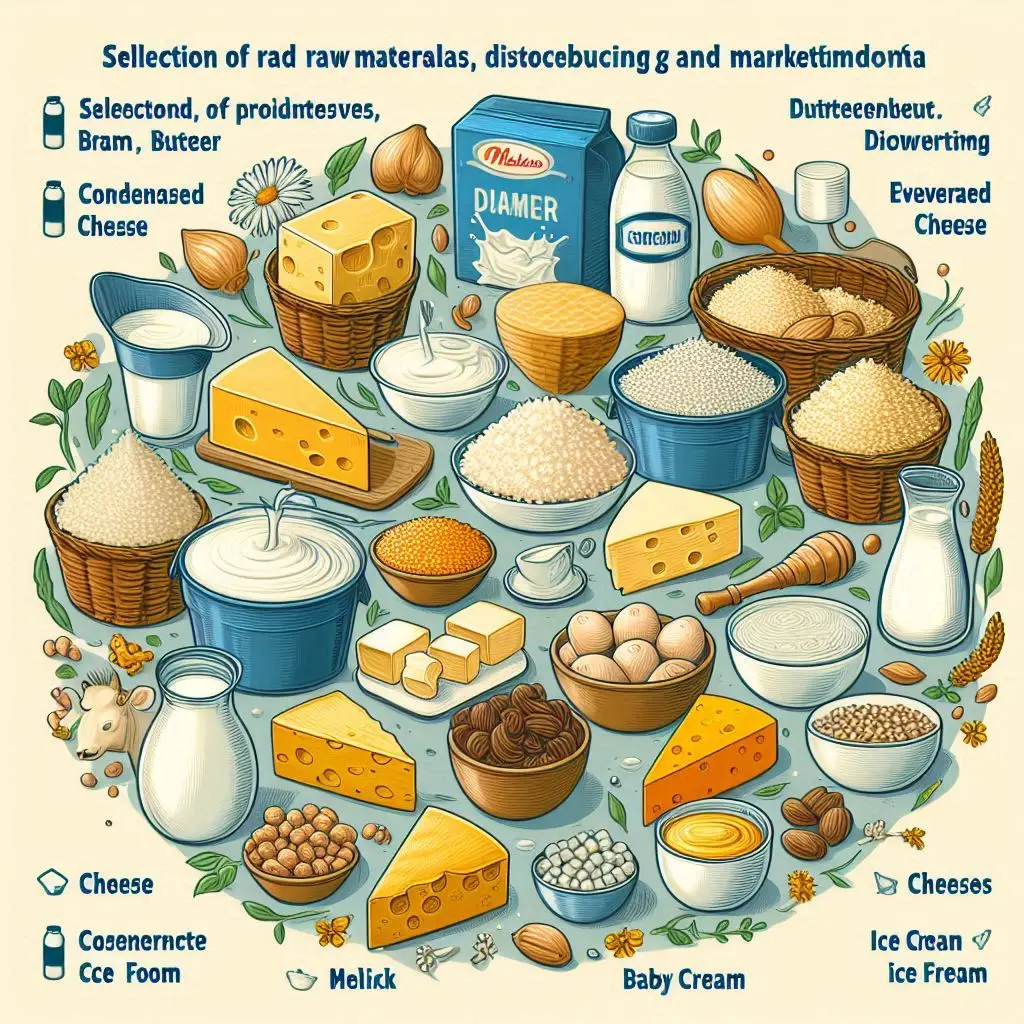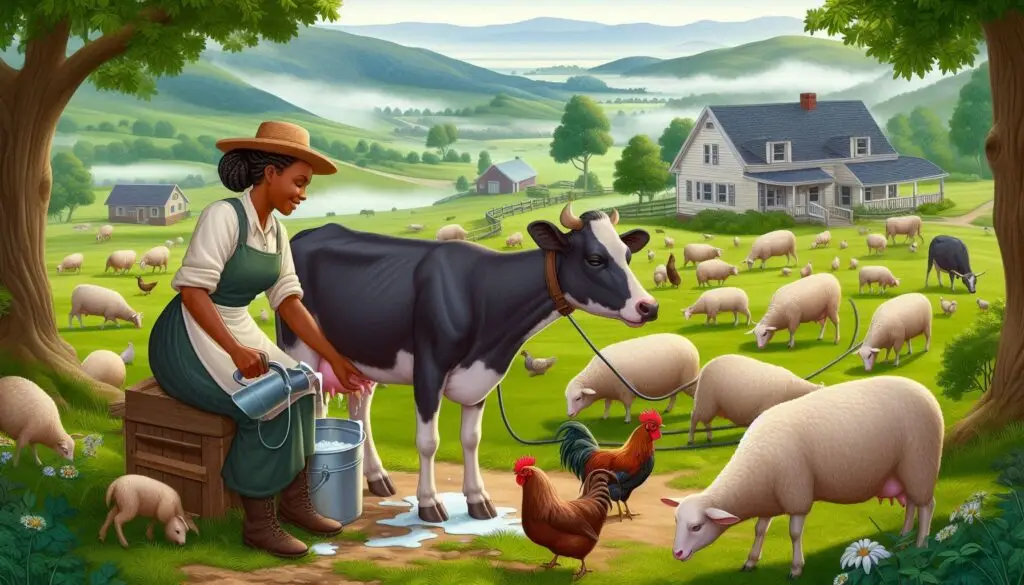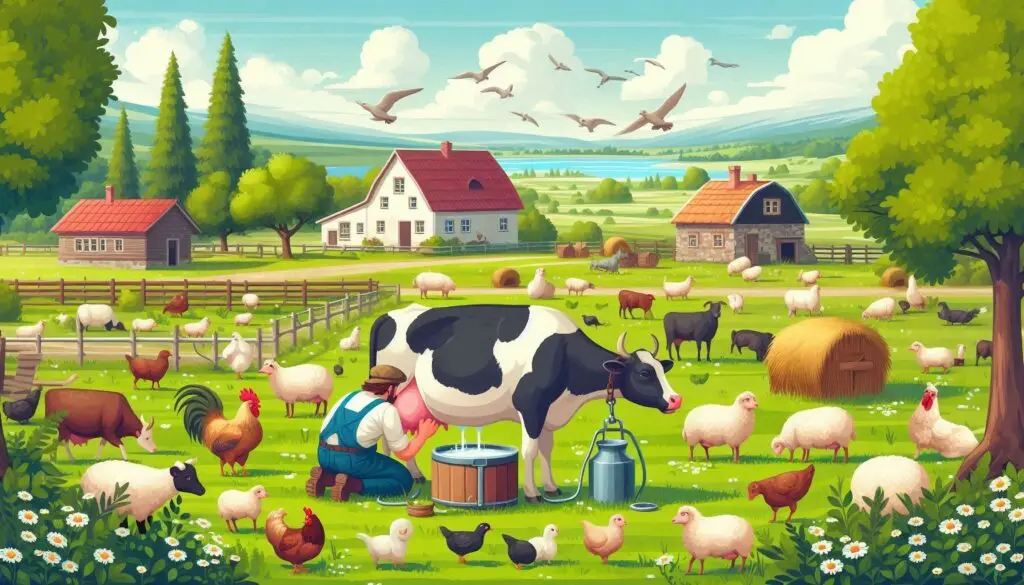Feeding for Young and Adult Stock

Introduction
The livestock industry is undergoing significant changes driven by evolving consumer demands, technological advancements, and a growing emphasis on sustainability. This article delves into the latest trends in feeding young and adult livestock, highlighting innovative practices that enhance animal health, productivity, and environmental stewardship.
1. Sustainable and Eco-Friendly Feed Ingredients
1.1 The Shift Towards Sustainability
As awareness of environmental issues increases, the livestock industry is focusing on sustainable and ethically sourced ingredients. This shift includes the use of alternative protein sources such as insect protein, algae, and single-cell proteins, which reduce reliance on traditional feed ingredients like soy and fishmeal. These sustainable practices not only mitigate ecological impacts but also promote a circular economy within the feed industry.
1.2 Circular Economy in Feed Production
The circular economy emphasizes minimizing waste by utilizing by-products from the food industry and agricultural leftovers as feed. This approach not only reduces feed costs but also addresses environmental concerns associated with traditional feed production.
2. Precision Nutrition and Customized Feed Solutions
2.1 The Role of Technology in Nutrition
Advancements in technology, including artificial intelligence (AI) and data analytics, are revolutionizing livestock feeding. Precision nutrition tailors feed formulations to meet the specific dietary requirements of different species, breeds, and even individual animals. This customization enhances growth rates, improves feed conversion efficiency, and reduces waste.
2.2 Nutritional Strategies for Young and Adult Stock
For young stock, the focus is on providing balanced diets that support growth and development. In contrast, adult livestock may require diets that optimize production, such as milk or meat yield. Understanding these differences is crucial for effective feeding strategies.
3. Innovations in Feed Production
3.1 New Feed Additives and Ingredients
The introduction of novel feed additives, such as yeast extracts and probiotics, is gaining traction. These ingredients not only enhance nutrient absorption but also support immune health, reducing the need for antibiotics and promoting overall animal welfare.
3.2 Advanced Feed Formulation Techniques
Modern feed formulation techniques, including near-infrared spectroscopy (NIR), allow for more accurate assessments of feed quality and nutrient availability. This technology aids in developing diets that maximize nutritional benefits while minimizing costs.
4. Focus on Animal Health and Welfare
4.1 Ethical Considerations in Feeding Practices
Consumer demand for transparency and ethical treatment of animals is influencing feed formulations. Producers are increasingly prioritizing animal welfare by sourcing ingredients that support health and well-being, thereby enhancing the quality of livestock products.
4.2 Addressing Antibiotic Resistance
With growing concerns over antibiotic resistance, there is a shift towards non-antibiotic immune support solutions. These alternatives help improve livestock health and productivity while addressing public health issues related to antibiotic use.
5. Regulatory Changes and Globalization
5.1 Navigating Regulatory Frameworks
The livestock feed industry is subject to various regulatory constraints that impact ingredient use and safety standards. Understanding these regulations is essential for producers to ensure compliance and maintain market access.
5.2 Global Trends in Livestock Feeding
As the global population continues to rise, the demand for animal-derived protein is increasing, particularly in emerging economies. This trend drives innovation and adaptation in livestock feeding practices to meet the growing needs of consumers.
Conclusion
The trends in livestock feeding reflect a broader movement towards sustainability, precision, and animal welfare. By embracing innovative practices and technologies, the livestock industry can enhance productivity while addressing environmental and ethical concerns.
For more pearls of Vets Wisdom:






Responses